Chuanlan sports toy manufacturer direct sales a variety of rainbow rings hula hoops small sets adult fitness hula hoops outdoor sports bows and arrows, shuffleboard, sandbags, products rich in categories and diverse grades wholesale elastic pull ring rainbow spring ring magic performance nostalgia toys plastic magic rainbow ring play emotion. Visual. Intelligence development. Crawling. Hands-on brain.. Grasp sense. Hand-eye coordination and other ability cultivation, interactive toys, parent-child communication, interest in cultivation of hearing.
Contact Information: Mobile/WeChat -- 18967953023, Landline 0579-85283023
Shop address: 1st Floor, 8 Street, 2803B, Door 18, Area 1, Yiwu International Commerce City

The four basic kicks of the footbag
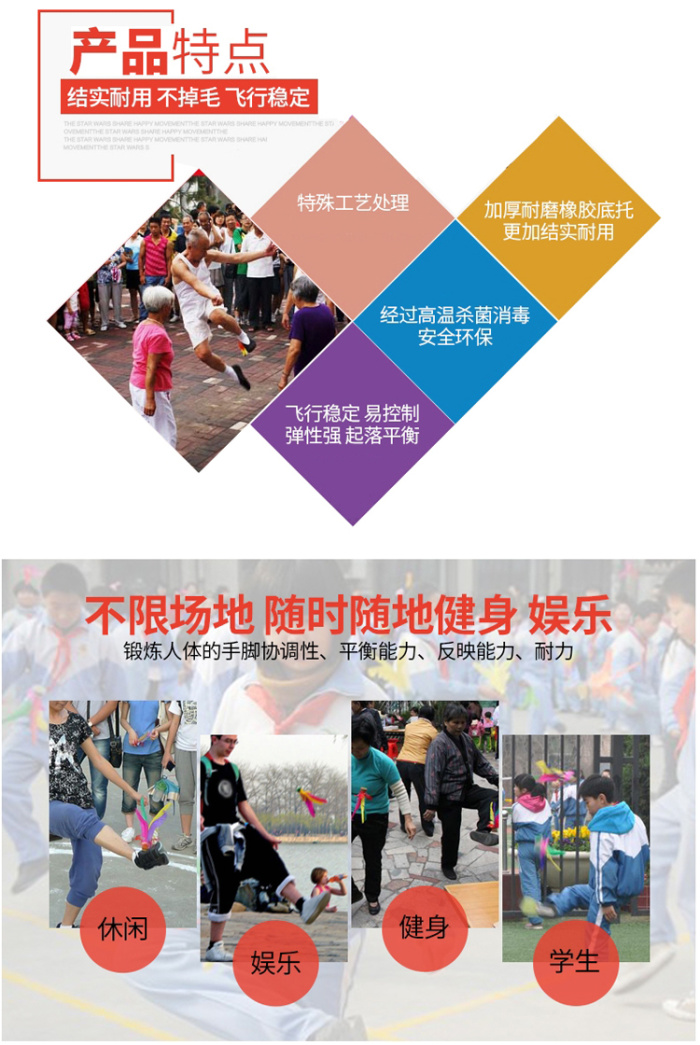

The Four Basic Kicks of Flower Kickball
(一)盘踢:
Use the inner side of the foot to kick the silk, with the knee extending outward, the thigh rotating outward, slightly swinging up, but not too much. Relax the hip and knee joints, and swing the calf upward. When kicking the silk, the ankle joint should apply force. The silk generally should not exceed the chin when kicked.
Practice Method:
The left foot of the average person is not as flexible as the right foot, and someone who has never kicked a shoe can still kick it once or twice with their right foot. Therefore, it is preferable to start with the left foot when practicing, that is, to kick it up once vertically and catch it with their hands, and then kick it again with their right foot and catch it with their hands. Once they become more skilled, they can continue to kick. After both feet can be kicked continuously, change to kicking once with each foot, kicking twice, kicking three times, kicking four times... and catching it. Once they become flexible and skilled, they don't need to catch it anymore. The more times you kick, the better.
(二)Kicking:
The kick technique of alternating the knees to kick the shuttlecock up (colliding up). Relax the hip joint and the knee joint, let the calf drop naturally, and use the knee joint to generate power to knock the shuttlecock up. Do not stretch the thigh outward or inward, and the kicked shuttlecock should generally not exceed the chin.
(三)Kick with a twist:
Toss the shoe with the outside of both feet alternately, relax the thigh, and swing the calf upward and slantingly behind the body, with the toes curled. When tossing the shoe, the thigh should not swing forward, and the calf should not swing too high. The moment the shoe and the outside of the foot touch, the inside of the foot should generally not exceed 30 centimeters from the ground. The height of the shoe tossed should be at will.
Practice Method:
During practice, you can use a kick and catch method similar to playing a game of hoop. To avoid making mistakes, when practicing, the side of the leg that kicks the shuttlecock should be directed towards a wall or a tree, with the body about as wide as the body from the wall. If the leg that kicks the shuttlecock hits the wall or the tree, it is a mistake.
(四)Beng Tie:
Some places call it 'bending the tip'. It involves switching the kicking of the toes on the front part of the feet, and single-foot kicking is also possible. Bending the kick can lift a soccer kick that is about to land, and the kick is lifted by the ankle joint's force, so it is called bending the kick. The action is as follows: the thigh is raised forward, forming an angle of 150o - 160o with the body, the calf moves forward, and the hip and knee joints should be relaxed. The force of the ankle joint should be used in an instant when kicking the soccer ball, and the front toes of the feet should vigorously apply force upward to hook the soccer ball. The soccer ball can be kicked high or low, but it should be avoided from being high or low, which will lay the foundation for the later techniques of kicking.
Practice Method:
During practice, you can use the method of kicking one and catching one, but when starting to practice, kick lower, generally no higher than the waist, and it's better to kick lower, so that you can kick more times. To avoid making mistakes in the action, you can face a wall or a tree during practice, with a distance about the same width as your body. If you kick the soccer ball and hit the wall or tree during practice, it is a mistake, because the knee joint is not relaxed and the thigh is raised too high.
Jianqiu activities are a competitive game derived from two traditional sports: kicking a rubber ball and playing football, with the rules of volleyball games. It is played by 1-6 people across a net, and is highly entertaining, entertaining, and competitive!

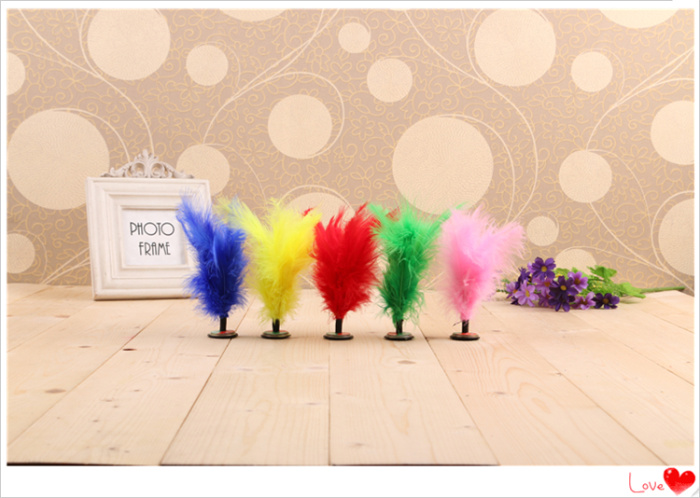

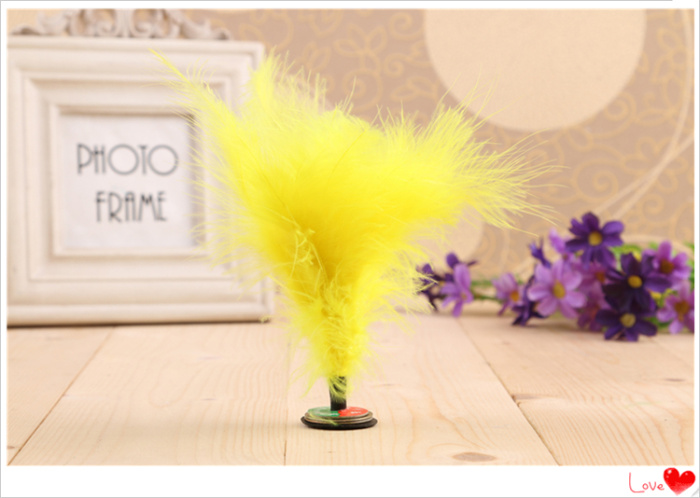


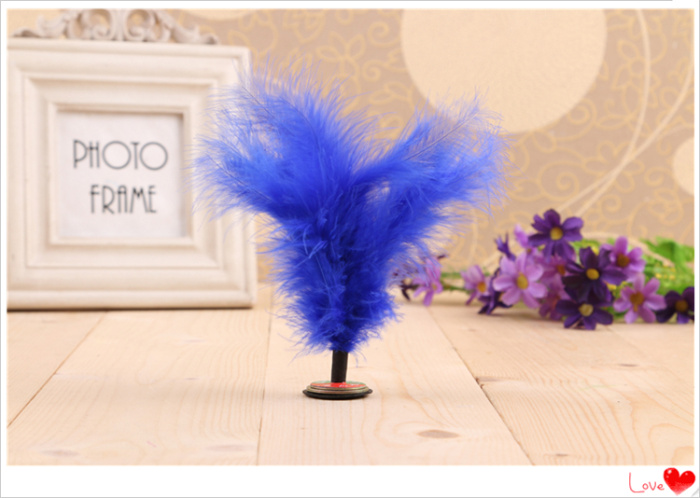



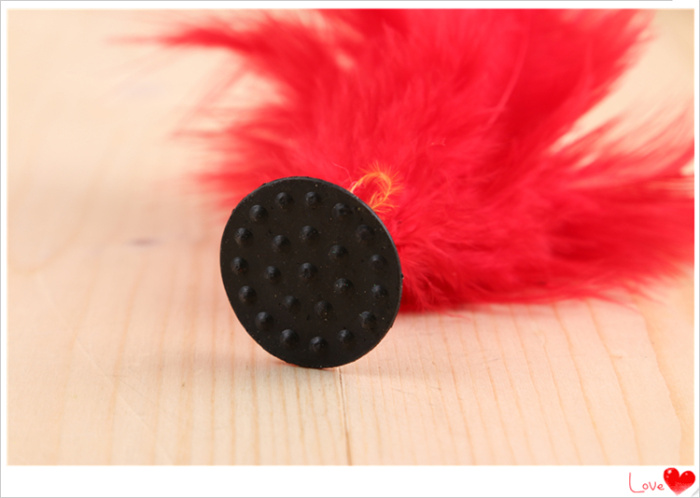 The Four Basic Kicks of the Four Types of Chinese Foot Balls
The Four Basic Kicks of the Four Types of Chinese Foot Balls
(1) Side-kicking: Kick the shuttlecock with the inner side of the foot, with the knees slightly spread outward, the thighs rotating outward, and a slight upward swing. Avoid excessive movement, relax the hips and knees, and swing the calf upward. When kicking the shuttlecock, the ankle joint should generate power. The shuttlecock generally does not exceed the chin. Practice method: Since most people's left foot is not as flexible as their right foot, and people who have not played with the shuttlecock can kick it once or twice with their right foot, it is best to start with the left foot. That is, first kick the shuttlecock vertically with the left foot and catch it with the hands, and then kick it with the right foot and catch it with the hands. After becoming more skilled, continue to kick continuously. After both feet can kick continuously, change to kicking once with each foot, kicking twice, kicking three times, kicking four times...... Catch, and when you become flexible and skilled, you don't need to catch it anymore. The more times you kick, the better.
(2) Kicking with the knees: A kicking technique where you use your knees to alternately hit the shuttlecock into the air. Relax your hip and knee joints, let your calves hang naturally, and use your knee joints to generate power to hit the shuttlecock up. Do not spread your thighs outward or pull them inward. The shuttlecock should generally not rise higher than your chin. Practice method:
During practice, throw the shuttlecock so that it does not exceed the chin, use the knees to knock it up (hit it up), and then catch it with your hands. The method is the same as for the practice of side-kicking, forming a knock and a catch. Once you are proficient, you can switch from throwing the shuttlecock to side-kicking, forming a knock and a side-kick. After coordination, switch the knees, and the more times you kick, the better.
(三)Kick with a twist:
Toss the shoe with the outside of both feet alternately, relax the thigh, and swing the calf upward and slantingly behind the body, with the toes curled. When tossing the shoe, the thigh should not swing forward, and the calf should not swing too high. The moment the shoe and the outside of the foot touch, the inside of the foot should generally not exceed 30 centimeters from the ground. The height of the shoe tossed should be at will.
Practice Method:
During practice, you can use a kick and catch method similar to playing a game of hoop. To avoid making mistakes, when practicing, the side of the leg that kicks the shuttlecock should be directed towards a wall or a tree, with the body about as wide as the body from the wall. If the leg that kicks the shuttlecock hits the wall or the tree, it is a mistake.
(四)Beng Tie:
Some places call it 'bending the tip'. It involves switching the kicking of the toes on the front part of the feet, and single-foot kicking is also possible. Bending the kick can lift a soccer kick that is about to land, and the kick is lifted by the ankle joint's force, so it is called bending the kick. The action is as follows: the thigh is raised forward, forming an angle of 150o - 160o with the body, the calf moves forward, and the hip and knee joints should be relaxed. The force of the ankle joint should be used in an instant when kicking the soccer ball, and the front toes of the feet should vigorously apply force upward to hook the soccer ball. The soccer ball can be kicked high or low, but it should be avoided from being high or low, which will lay the foundation for the later techniques of kicking.
Practice Method:
During practice, you can use the method of kicking one and catching one, but when starting to practice, kick lower, generally no higher than the waist, and it's better to kick lower, so that you can kick more times. To avoid making mistakes in the action, you can face a wall or a tree during practice, with a distance about the same width as your body. If you kick the soccer ball and hit the wall or tree during practice, it is a mistake, because the knee joint is not relaxed and the thigh is raised too high. The basic kicking method.
(1) Side-kicking: Kick the shuttlecock with the inner side of the foot, with the knees slightly spread outward, the thighs rotating outward, and a slight upward swing. Avoid excessive movement, relax the hips and knees, and swing the calf upward. When kicking the shuttlecock, the ankle joint should generate power. The shuttlecock generally does not exceed the chin. Practice method: Since most people's left foot is not as flexible as their right foot, and people who have not played with the shuttlecock can kick it once or twice with their right foot, it is best to start with the left foot. That is, first kick the shuttlecock vertically with the left foot and catch it with the hands, and then kick it with the right foot and catch it with the hands. After becoming more skilled, continue to kick continuously. After both feet can kick continuously, change to kicking once with each foot, kicking twice, kicking three times, kicking four times...... Catch, and when you become flexible and skilled, you don't need to catch it anymore. The more times you kick, the better.
(2) Kicking with the knees: A kicking technique where you use your knees to alternately hit the shuttlecock into the air. Relax your hip and knee joints, let your calves hang naturally, and use your knee joints to generate power to hit the shuttlecock up. Do not spread your thighs outward or pull them inward. The shuttlecock should generally not rise higher than your chin. Practice method:
During practice, throw the shuttlecock so that it does not exceed the chin, use the knees to knock it up (hit it up), and then catch it with your hands. The method is the same as for the practice of side-kicking, forming a knock and a catch. Once you are proficient, you can switch from throwing the shuttlecock to side-kicking, forming a knock and a side-kick. After coordination, switch the knees, and the more times you kick, the better.
(三)Kick with a twist:
Toss the shoe with the outside of both feet alternately, relax the thigh, and swing the calf upward and slantingly behind the body, with the toes curled. When tossing the shoe, the thigh should not swing forward, and the calf should not swing too high. The moment the shoe and the outside of the foot touch, the inside of the foot should generally not exceed 30 centimeters from the ground. The height of the shoe tossed should be at will.
Practice Method:
During practice, you can use a kick and catch method similar to playing a game of hoop. To avoid making mistakes, when practicing, the side of the leg that kicks the shuttlecock should be directed towards a wall or a tree, with the body about as wide as the body from the wall. If the leg that kicks the shuttlecock hits the wall or the tree, it is a mistake.
(四)Beng Tie:
Some places call it 'bending the tip'. It involves switching the kicking of the toes on the front part of the feet, and single-foot kicking is also possible. Bending the kick can lift a soccer kick that is about to land, and the kick is lifted by the ankle joint's force, so it is called bending the kick. The action is as follows: the thigh is raised forward, forming an angle of 150o - 160o with the body, the calf moves forward, and the hip and knee joints should be relaxed. The force of the ankle joint should be used in an instant when kicking the soccer ball, and the front toes of the feet should vigorously apply force upward to hook the soccer ball. The soccer ball can be kicked high or low, but it should be avoided from being high or low, which will lay the foundation for the later techniques of kicking.
Practice Method:
During practice, you can use the method of kicking one and catching one, but when starting to practice, kick lower, generally no higher than the waist, and it's better to kick lower, so that you can kick more times. To avoid making mistakes in the action, you can face a wall or a tree during practice, with a distance about the same width as your body. If you kick the soccer ball and hit the wall or tree during practice, it is a mistake, because the knee joint is not relaxed and the thigh is raised too high.
(1) Side-kicking: Kick the shuttlecock with the inner side of the foot, with the knees slightly spread outward, the thighs rotating outward, and a slight upward swing. Avoid excessive movement, relax the hips and knees, and swing the calf upward. When kicking the shuttlecock, the ankle joint should generate power. The shuttlecock generally does not exceed the chin. Practice method: Since most people's left foot is not as flexible as their right foot, and people who have not played with the shuttlecock can kick it once or twice with their right foot, it is best to start with the left foot. That is, first kick the shuttlecock vertically with the left foot and catch it with the hands, and then kick it with the right foot and catch it with the hands. After becoming more skilled, continue to kick continuously. After both feet can kick continuously, change to kicking once with each foot, kicking twice, kicking three times, kicking four times...... Catch, and when you become flexible and skilled, you don't need to catch it anymore. The more times you kick, the better.
(2) Kicking with the knees: A kicking technique where you use your knees to alternately hit the shuttlecock into the air. Relax your hip and knee joints, let your calves hang naturally, and use your knee joints to generate power to hit the shuttlecock up. Do not spread your thighs outward or pull them inward. The shuttlecock should generally not rise higher than your chin. Practice method:
During practice, throw the shuttlecock so that it does not exceed the chin, use the knees to knock it up (hit it up), and then catch it with your hands. The method is the same as for the practice of side-kicking, forming a knock and a catch. Once you are proficient, you can switch from throwing the shuttlecock to side-kicking, forming a knock and a side-kick. After coordination, switch the knees, and the more times you kick, the better.
(三)Kick with a twist:
Toss the shoe with the outside of both feet alternately, relax the thigh, and swing the calf upward and slantingly behind the body, with the toes curled. When tossing the shoe, the thigh should not swing forward, and the calf should not swing too high. The moment the shoe and the outside of the foot touch, the inside of the foot should generally not exceed 30 centimeters from the ground. The height of the shoe tossed should be at will.
Practice Method:
During practice, you can use a kick and catch method similar to playing a game of hoop. To avoid making mistakes, when practicing, the side of the leg that kicks the shuttlecock should be directed towards a wall or a tree, with the body about as wide as the body from the wall. If the leg that kicks the shuttlecock hits the wall or the tree, it is a mistake.
(四)Beng Tie:
Some places call it 'bending the tip'. It involves switching the kicking of the toes on the front part of the feet, and single-foot kicking is also possible. Bending the kick can lift a soccer kick that is about to land, and the kick is lifted by the ankle joint's force, so it is called bending the kick. The action is as follows: the thigh is raised forward, forming an angle of 150o - 160o with the body, the calf moves forward, and the hip and knee joints should be relaxed. The force of the ankle joint should be used in an instant when kicking the soccer ball, and the front toes of the feet should vigorously apply force upward to hook the soccer ball. The soccer ball can be kicked high or low, but it should be avoided from being high or low, which will lay the foundation for the later techniques of kicking.
Practice Method:
During practice, you can use the method of kicking one and catching one, but when starting to practice, kick lower, generally no higher than the waist, and it's better to kick lower, so that you can kick more times. To avoid making mistakes in the action, you can face a wall or a tree during practice, with a distance about the same width as your body. If you kick the soccer ball and hit the wall or tree during practice, it is a mistake, because the knee joint is not relaxed and the thigh is raised too high.








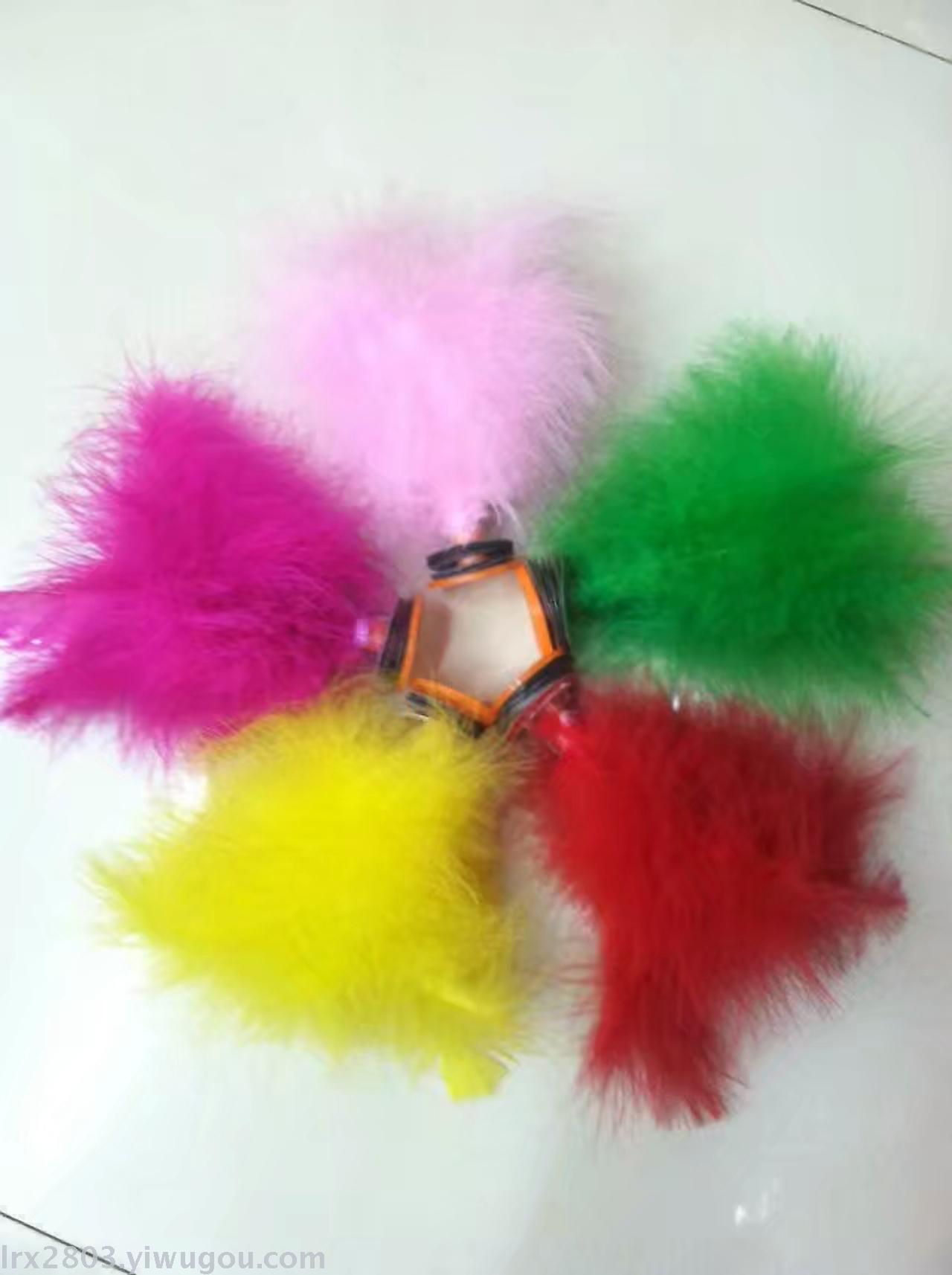
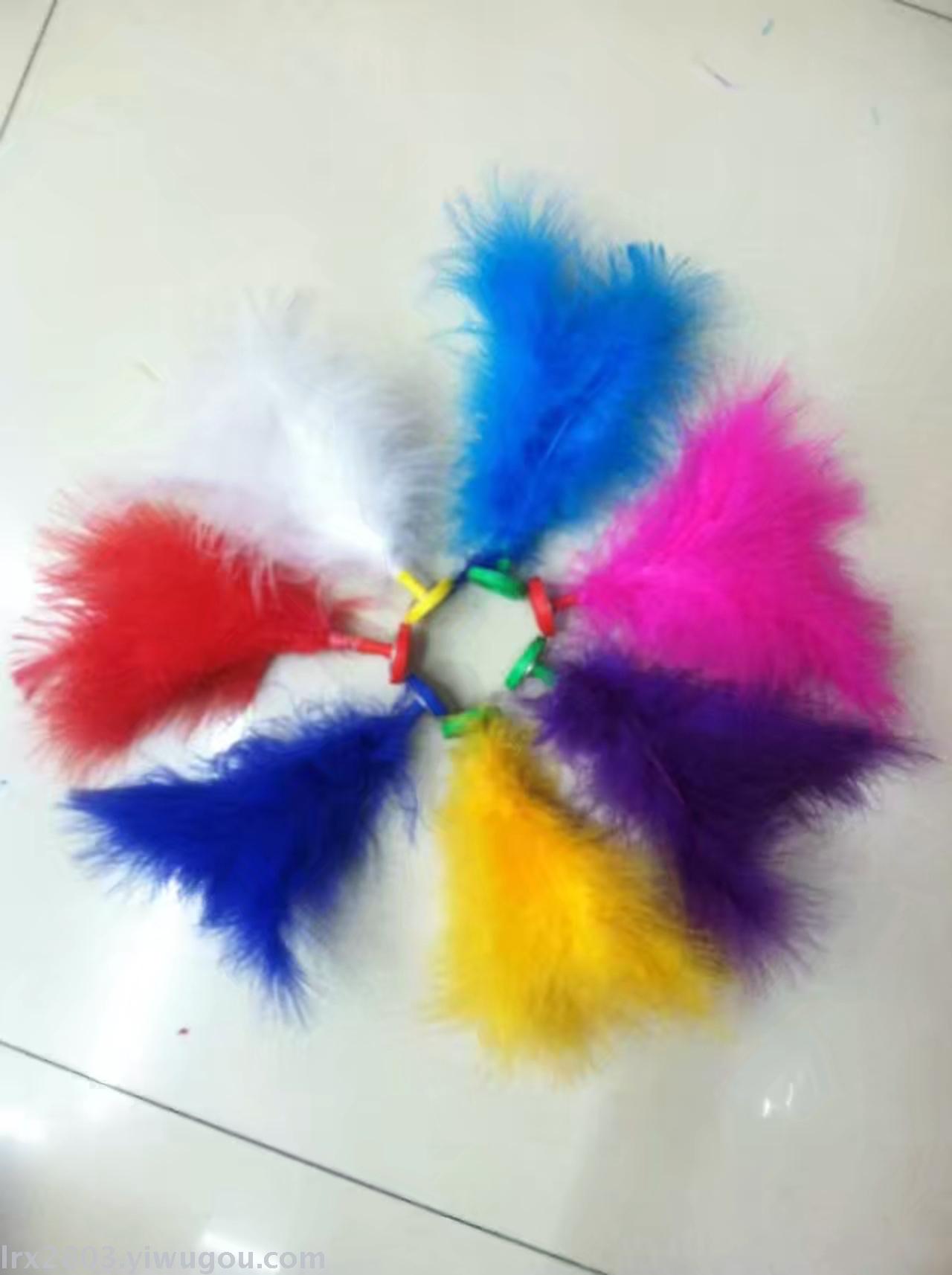
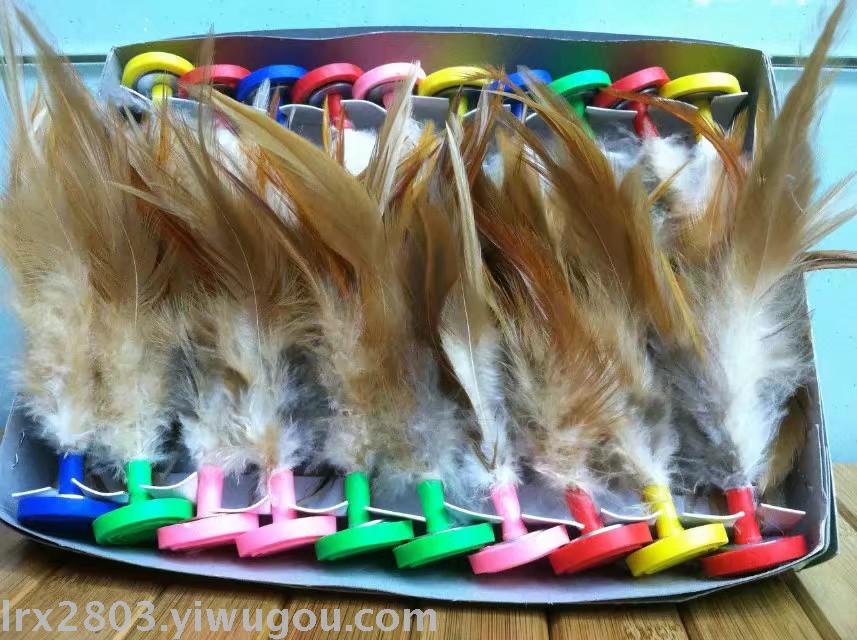

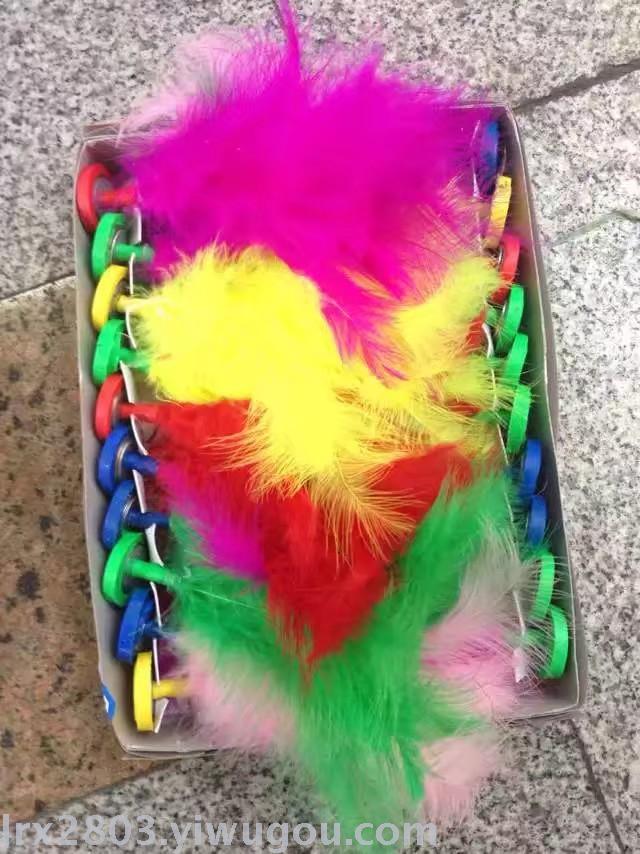





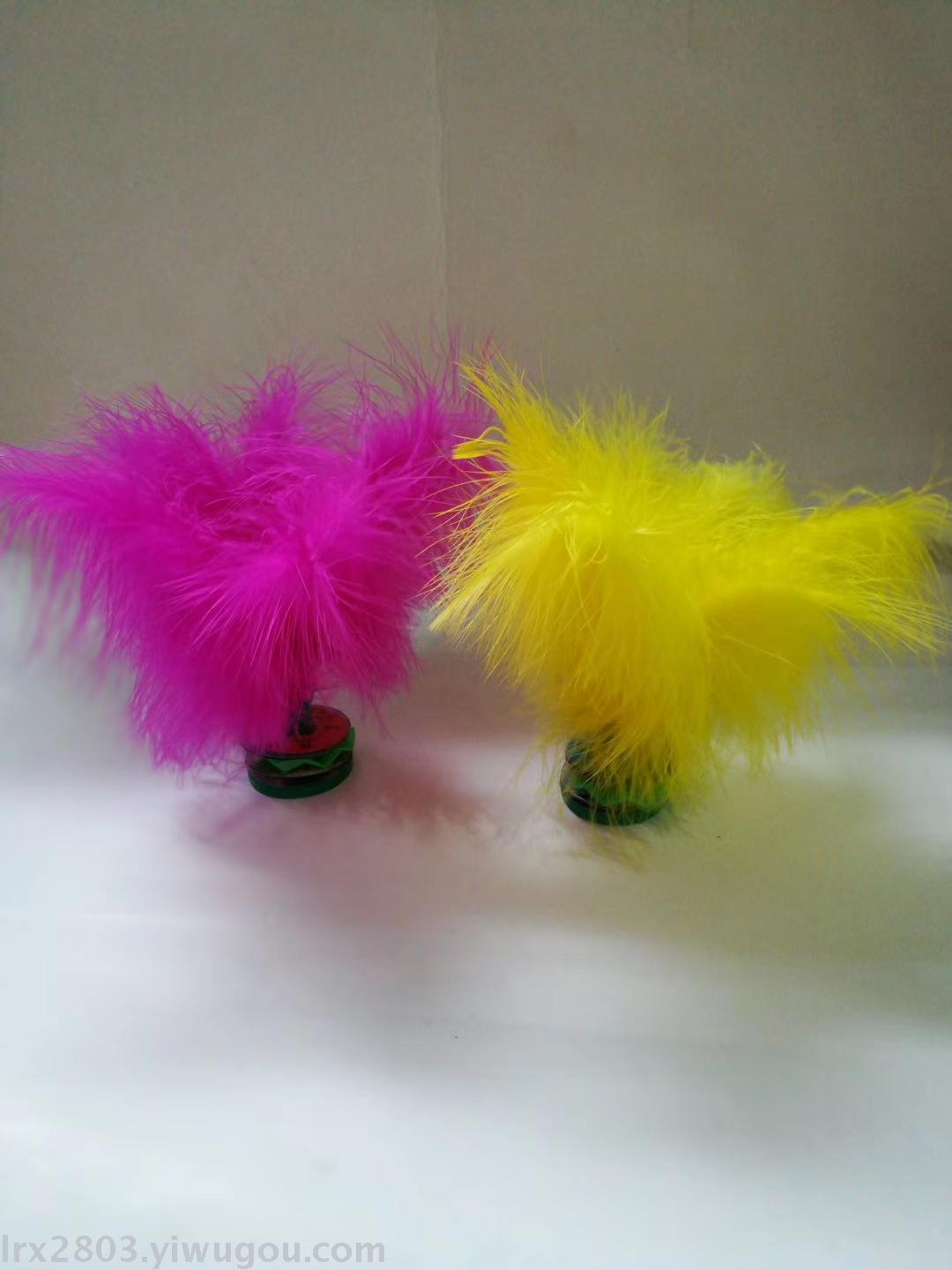
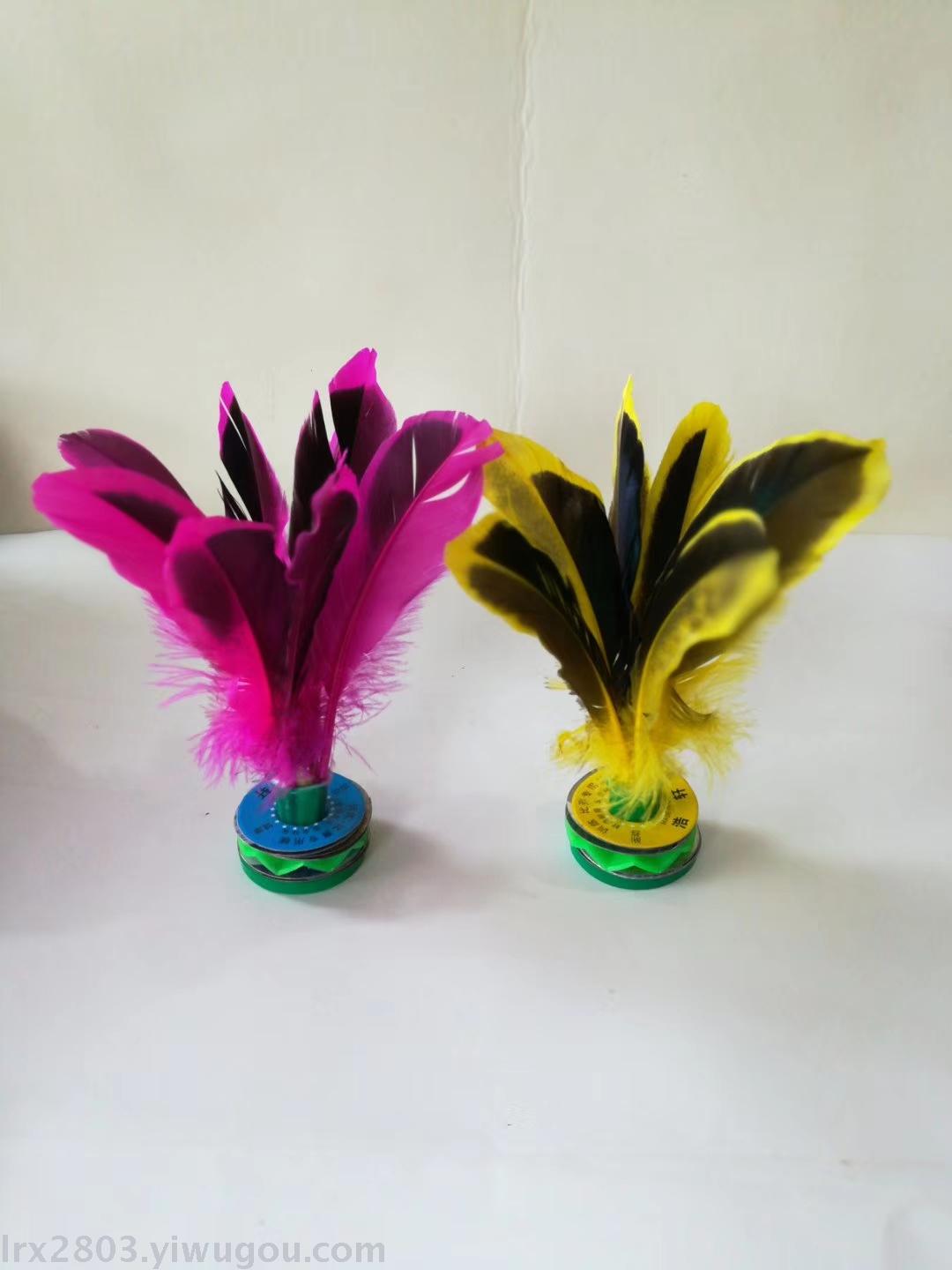
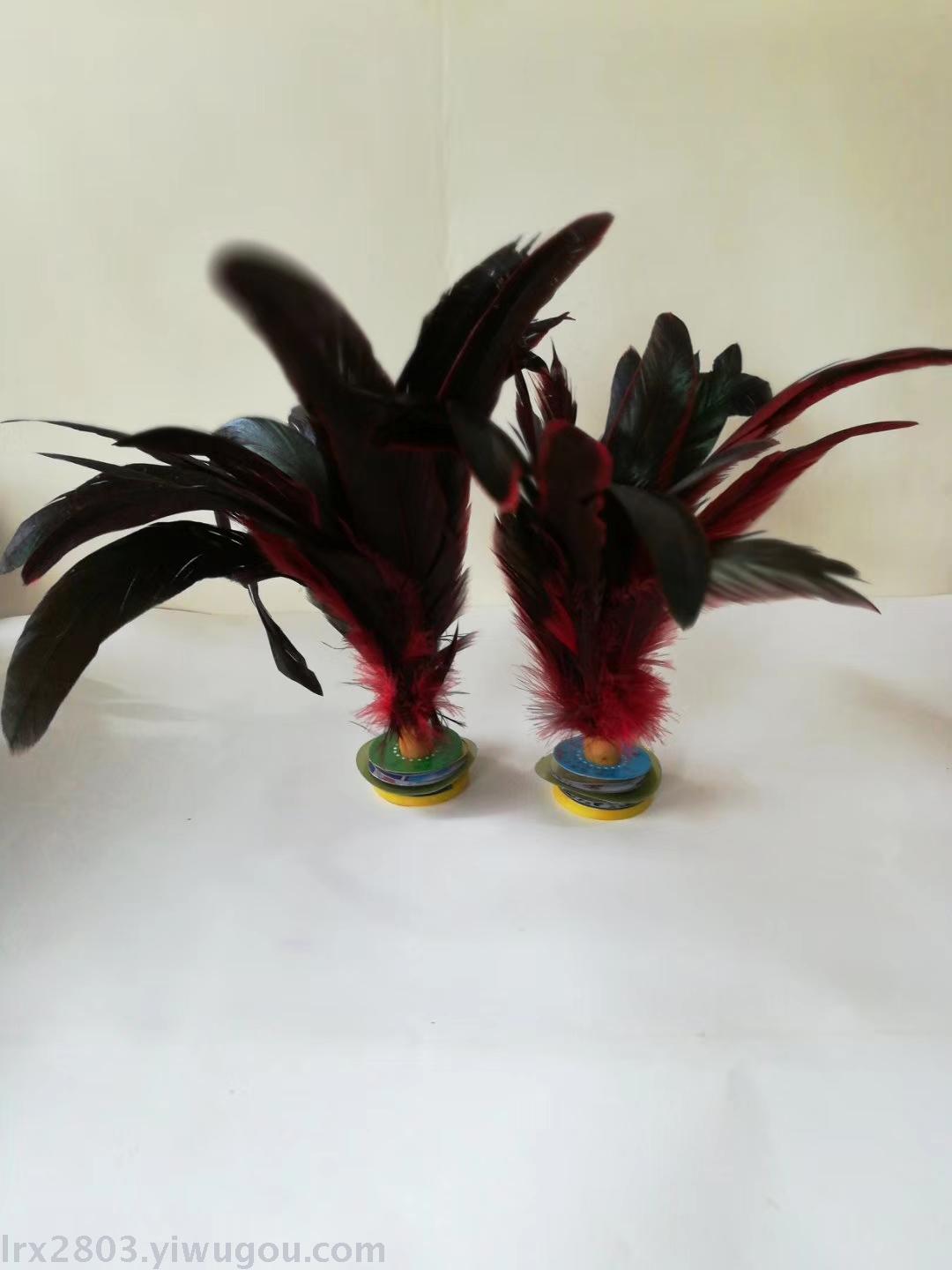
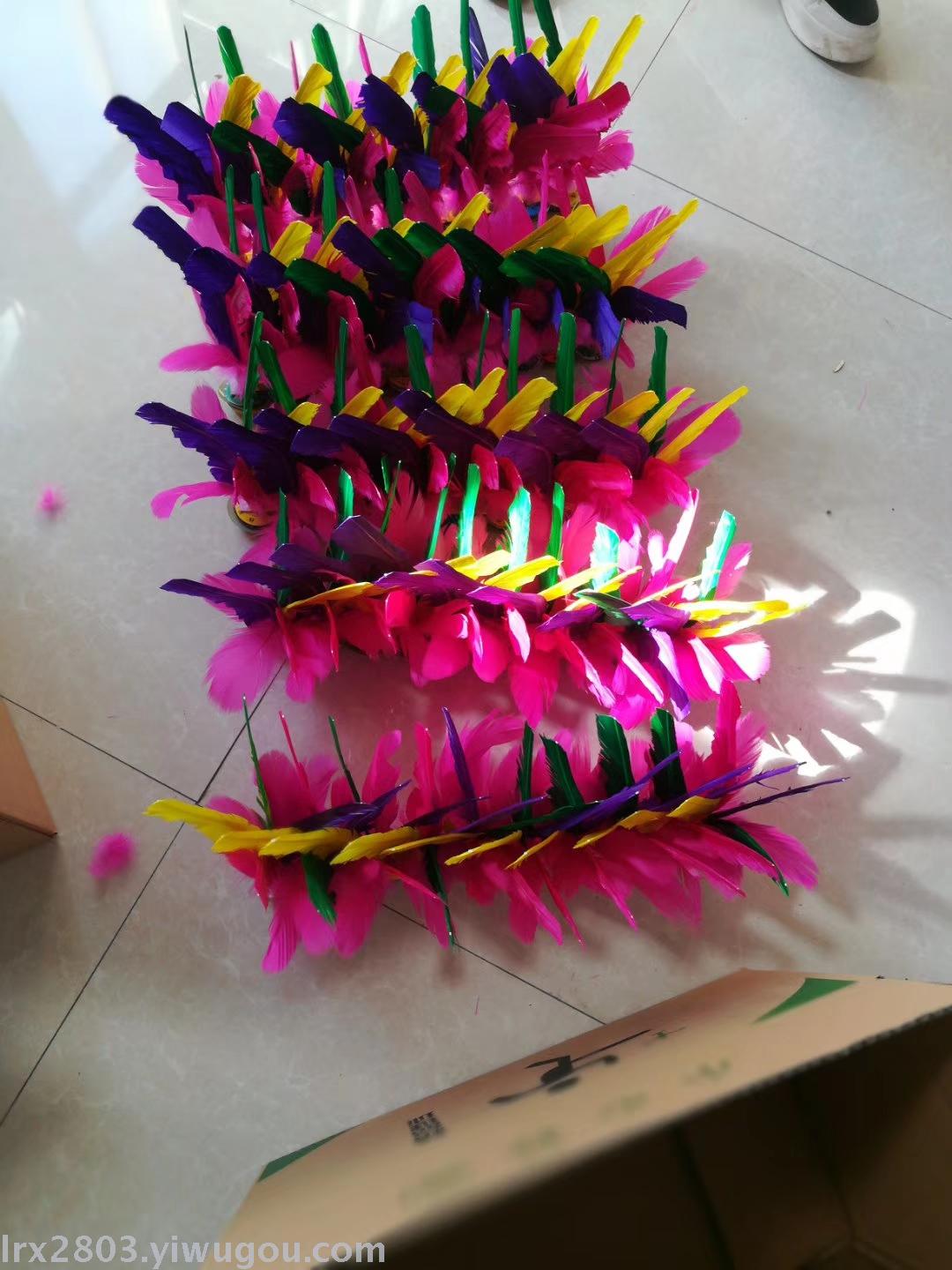
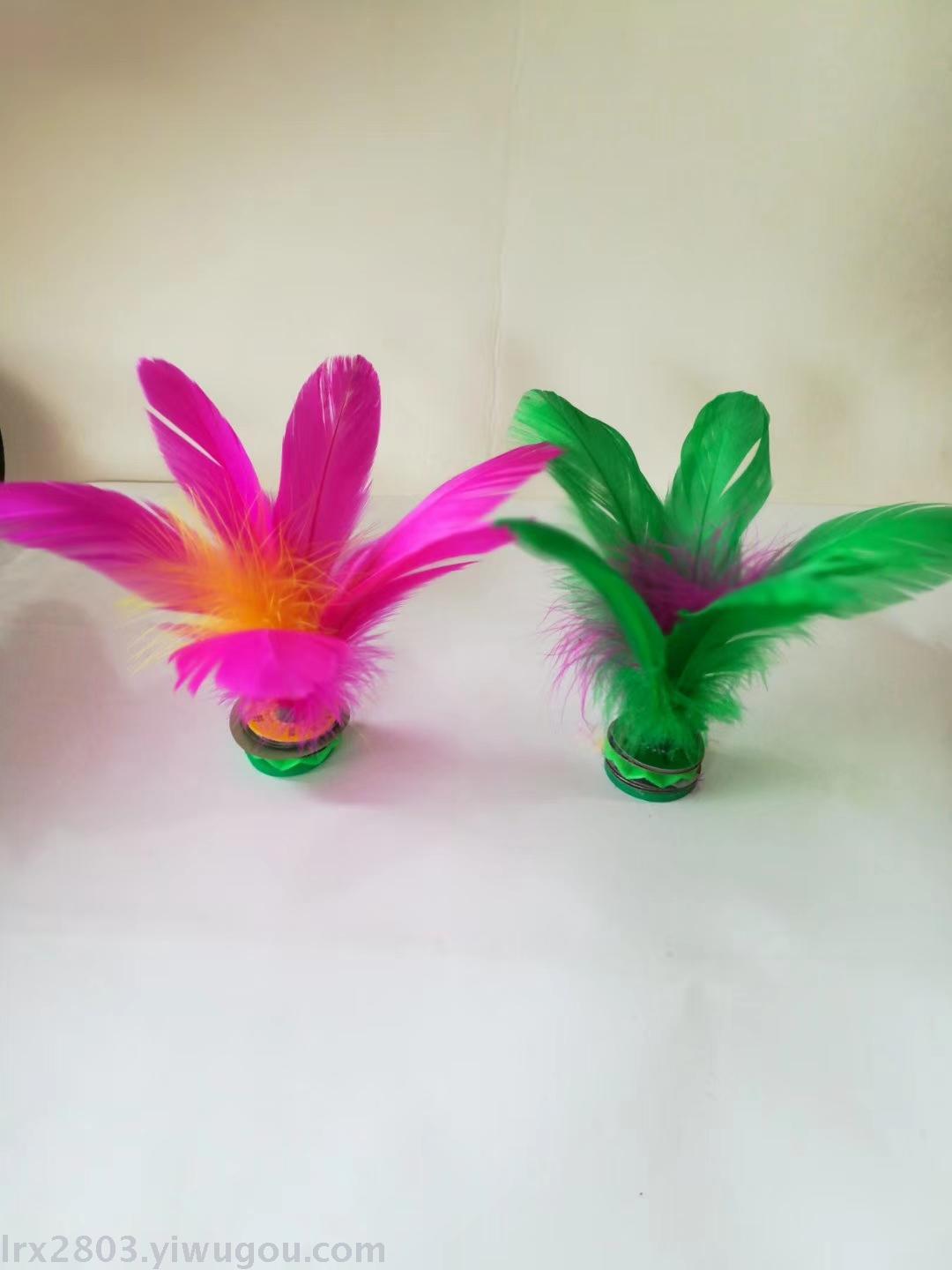


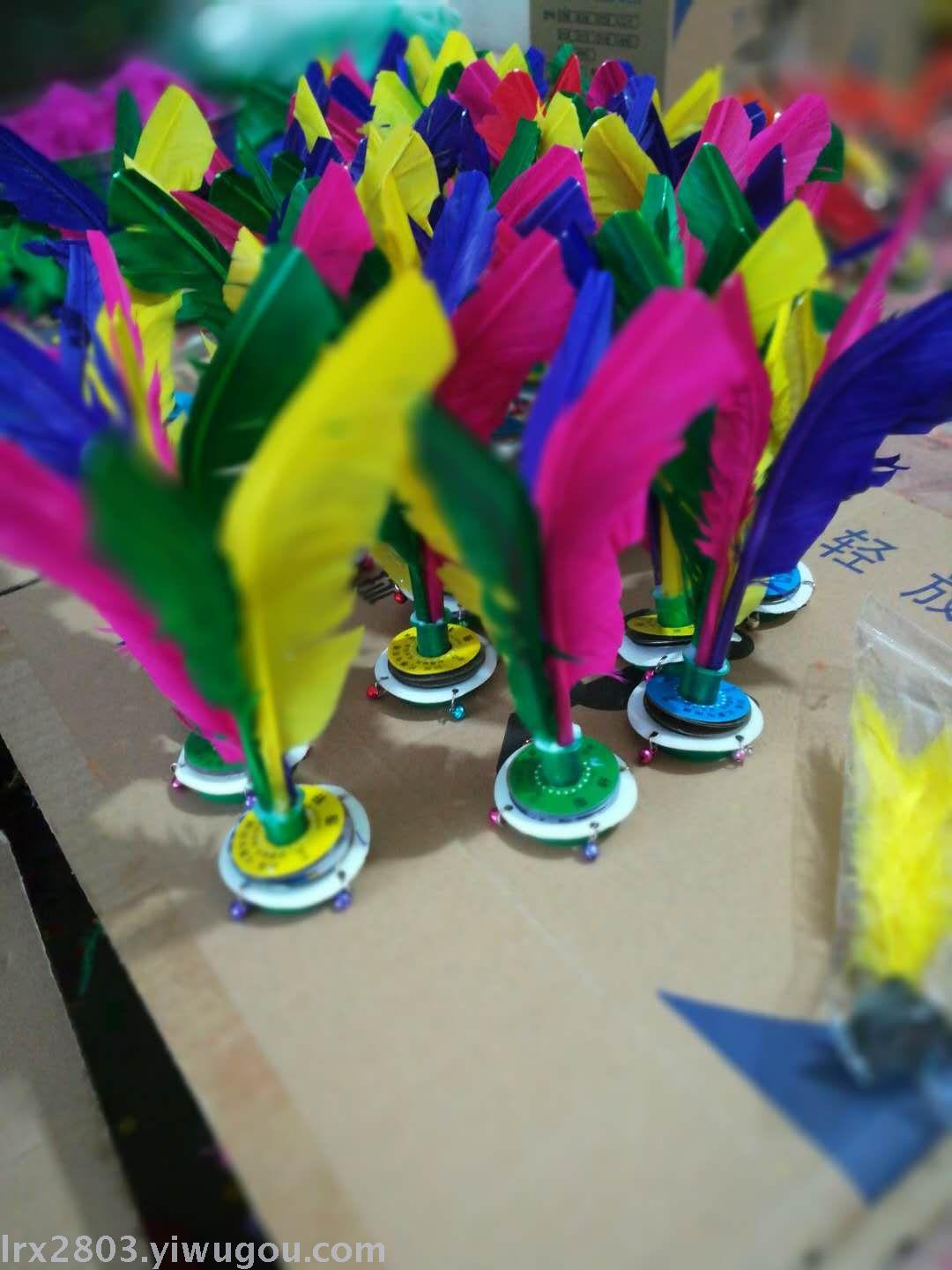




 The four basic kicks of the footbag
The four basic kicks of the footbag












 The Four Basic Kicks of the Four Types of Chinese Foot Balls
The Four Basic Kicks of the Four Types of Chinese Foot Balls



























